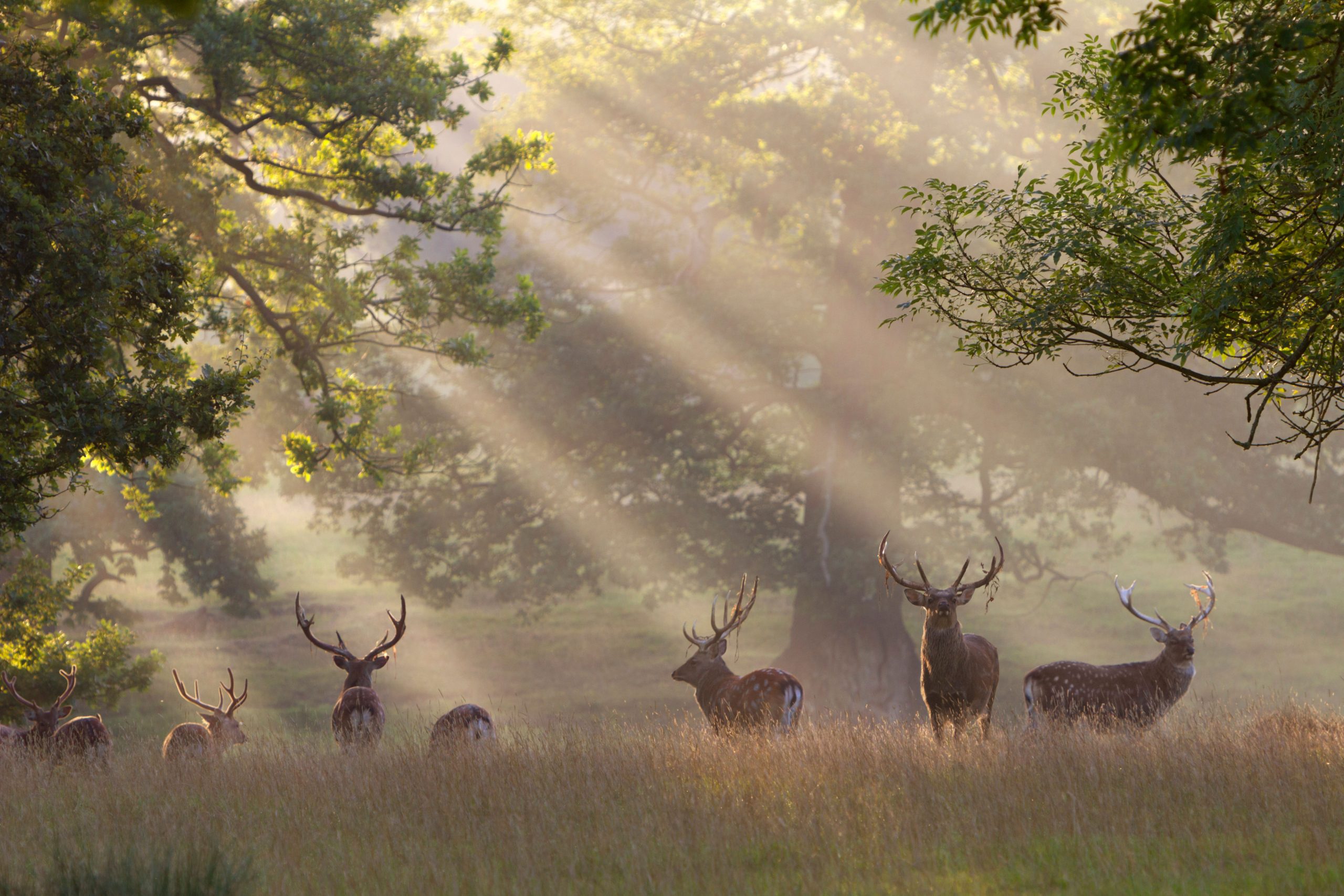
Red deer
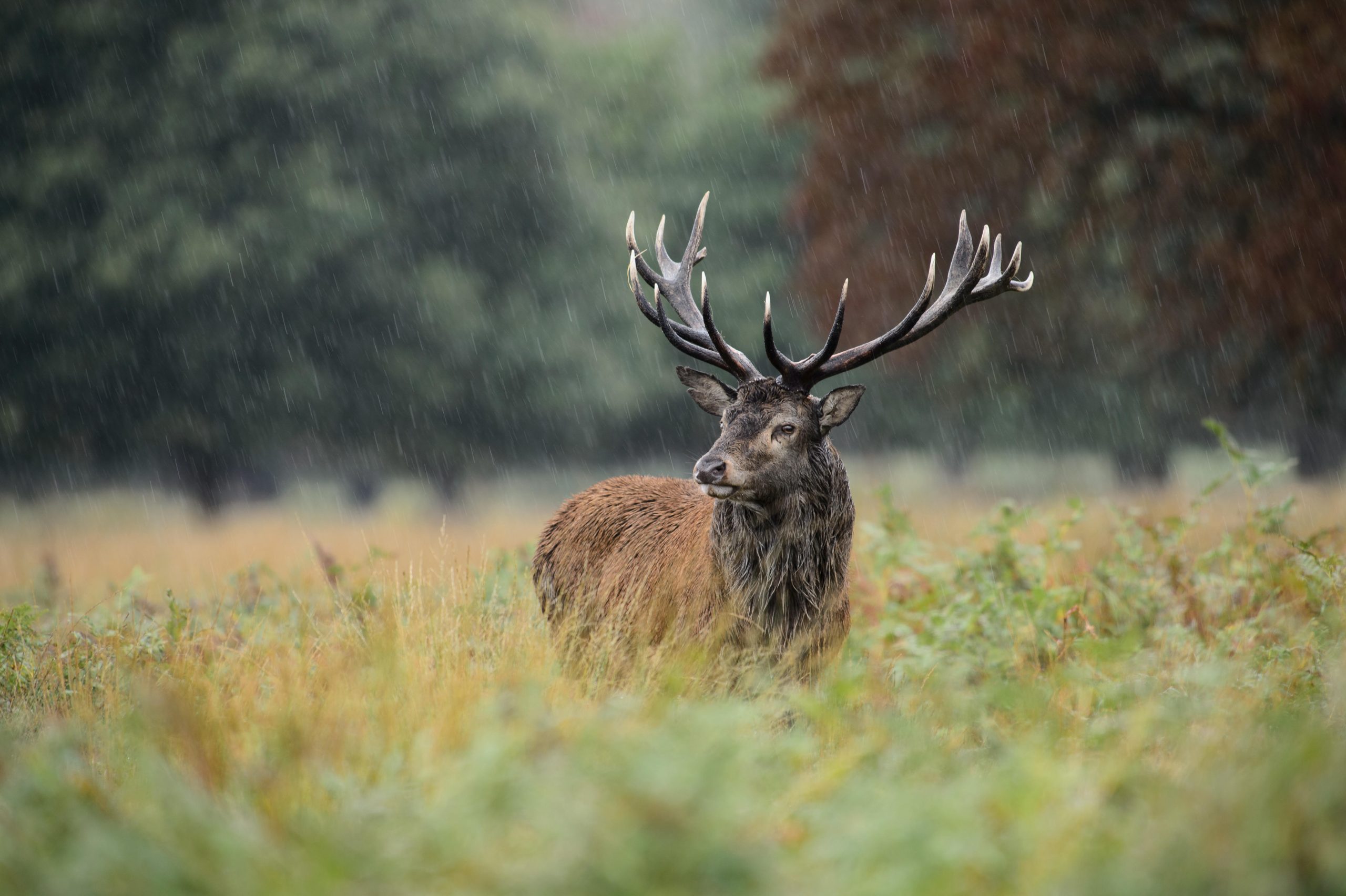
A migrant to Britain from Europe 11,000 years ago and one of only two native species of deer. Iconic in the Scottish Highlands, although there are also significant populations in south-west Scot-land, the Lakes, East Anglia, and especially in the West Country, where staghound packs monitor and regulate the population. Due to control measures, the High-land population is decreasing, but English numbers are increasing.
Roe deer
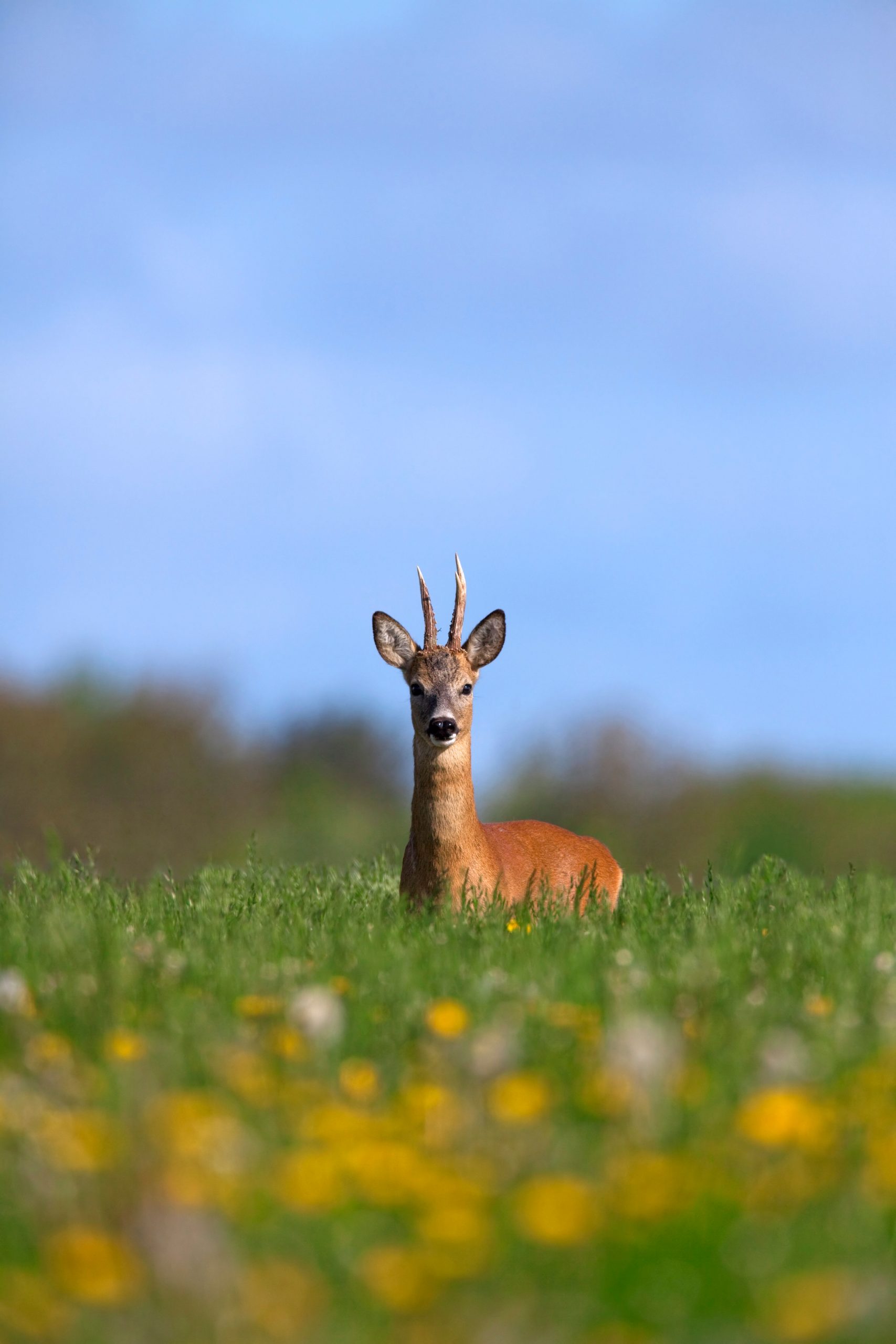
The other UK native and the prettiest of all our deer, roe dwell in woodland and are increasing in numbers across the UK. They cause damage to young trees and find ready habitat in new environmental schemes and on urban fringes, where they are difficult to cull; generally, however, they are not too hard to manage as a species because they are territorial.
Fallow deer
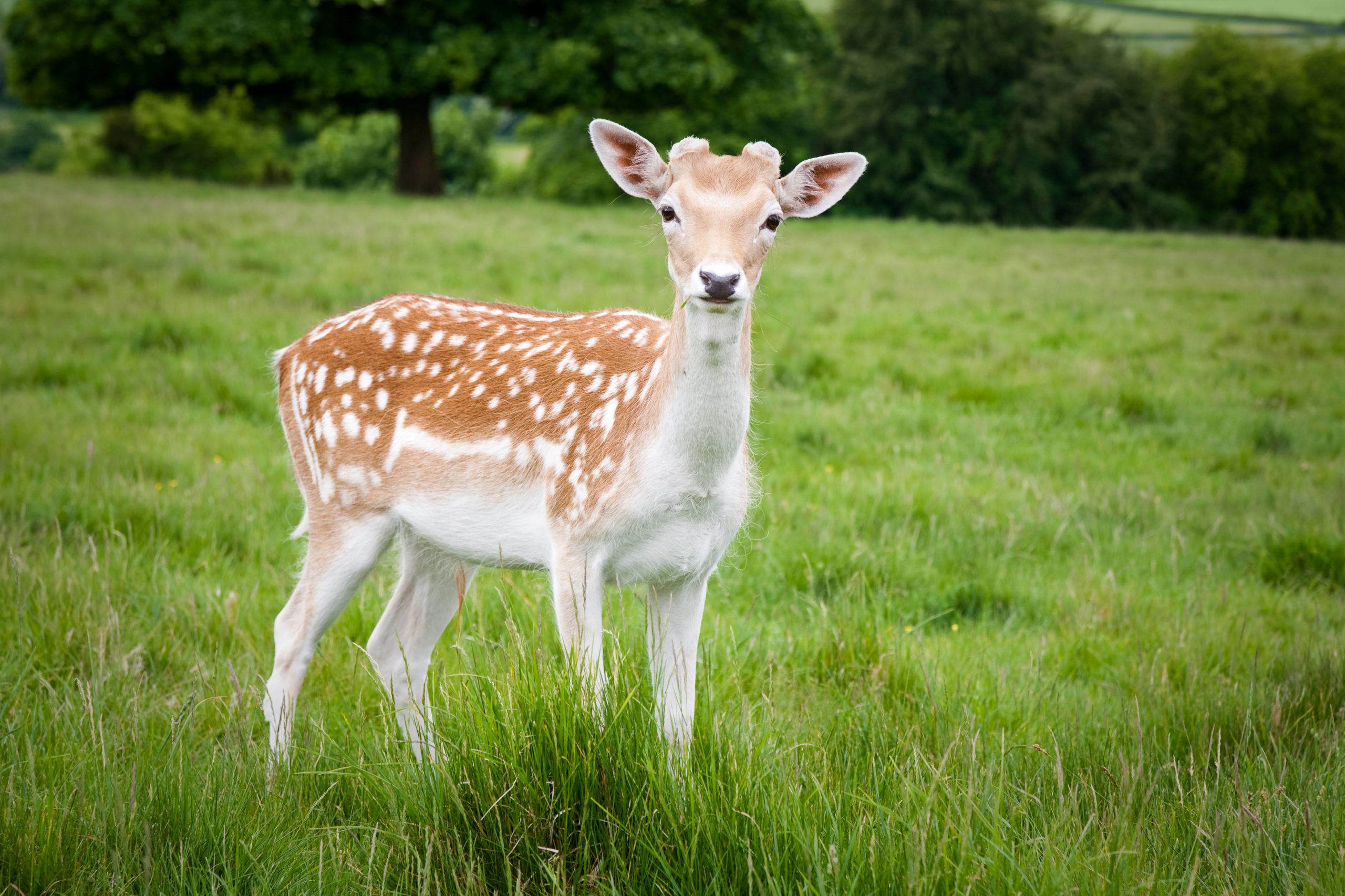
Originally introduced by the Romans, they were kept in enclosures called vivaria. However, this strain of fallow became extinct and they were reintroduced by the Normans to hunt. Fallow are easily distinguished by their palmate antlers—they are the only deer in Britain to possess them. Found mainly in England, Wales and only very patchily in Scotland, they are increasing in all these places.
Japanese sika deer
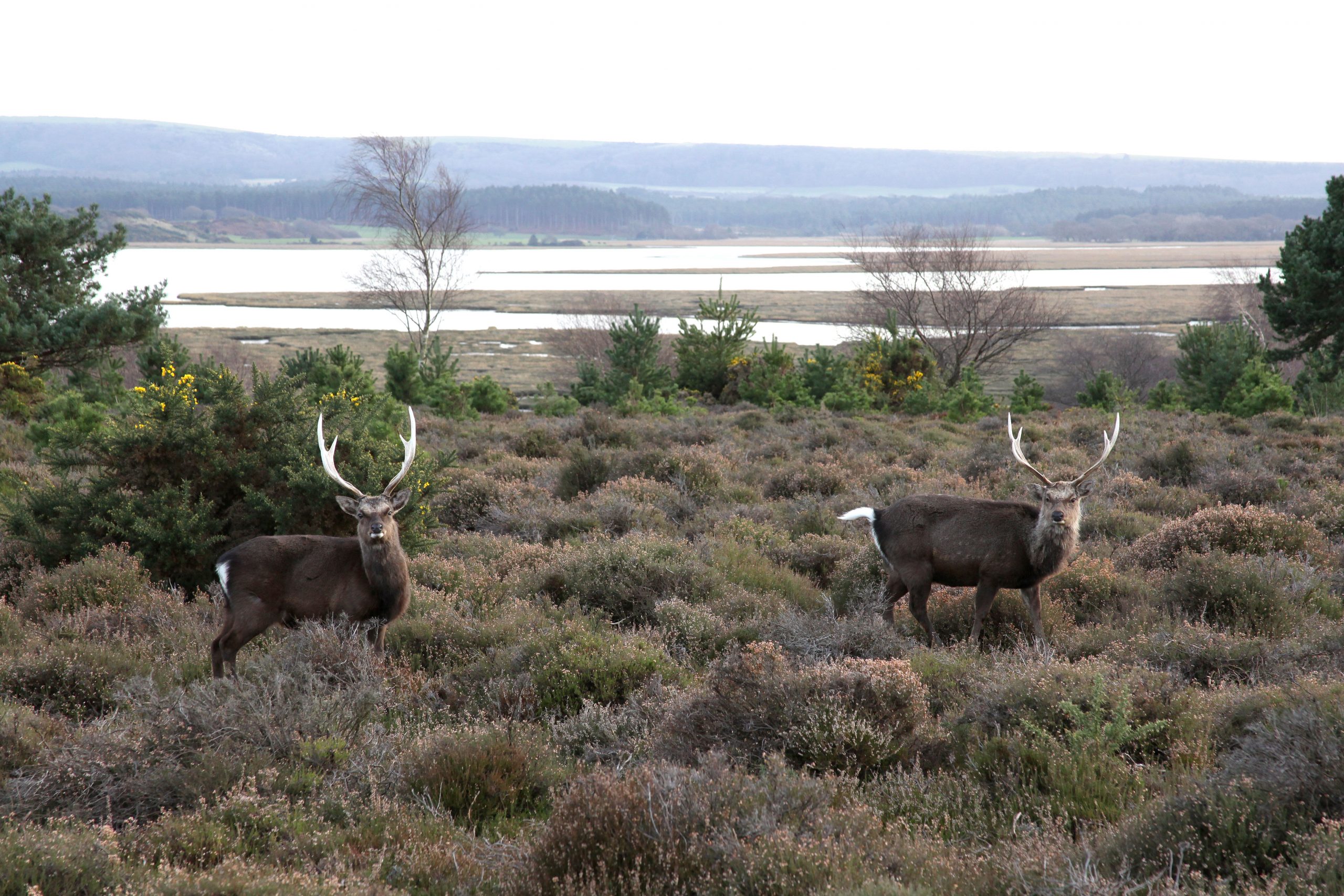
Mainly found in Scotland, where they prefer coniferous forests, most sika in Britain may des-cend from one stag and three hinds introduced to Viscount Powerscourt’s deer park at Enniskerry in Co Wicklow, Ire-land, in 1860. They are secretive and difficult to cull and are believed to be increasing. Some hybridisation takes place with red deer. In Kintyre, in the west of Scotland, the population of deer is nearly 7% hybrid.
Reeves’s muntjac deer
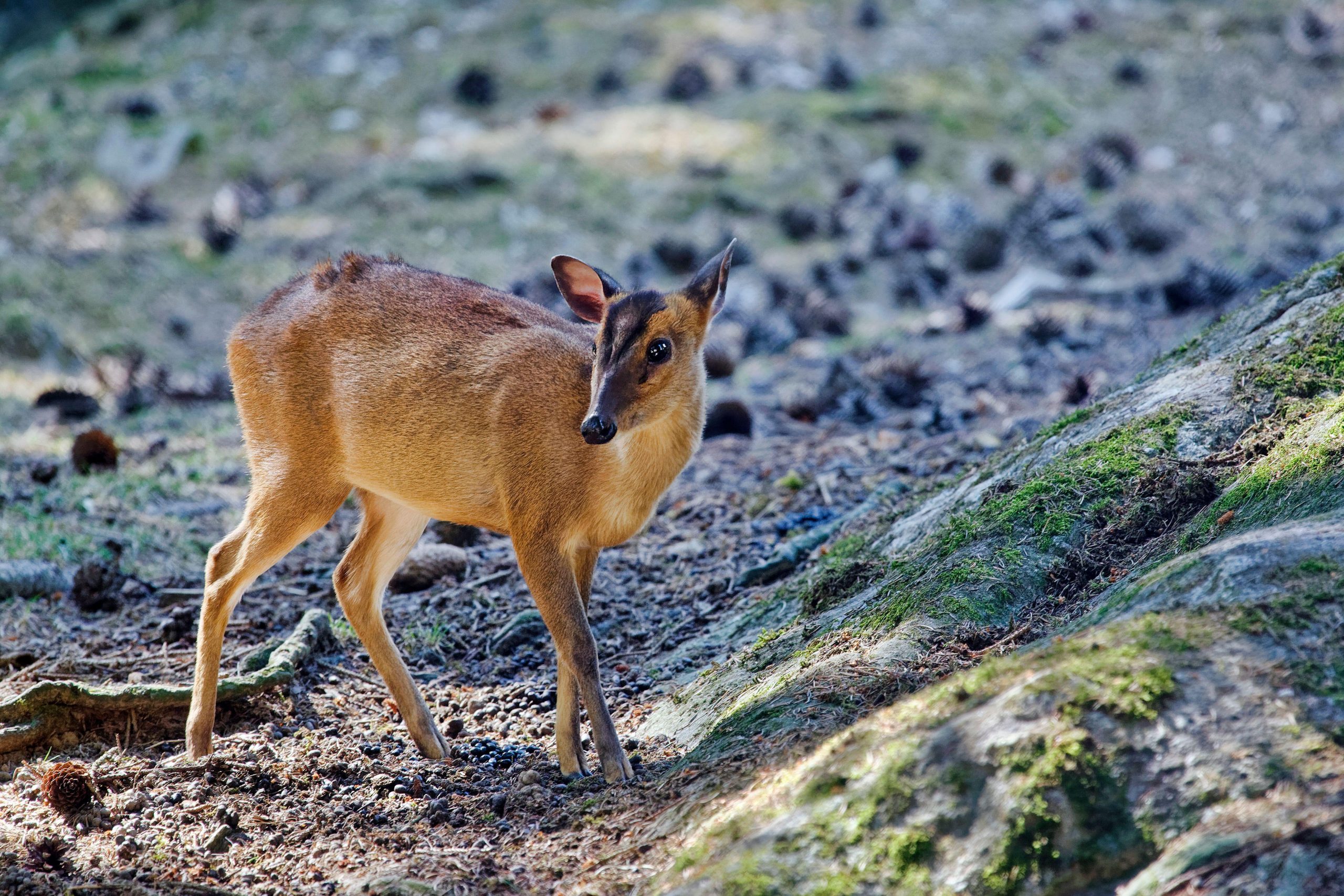
Originally Chinese and an escapee from Woburn Abbey, Bedfordshire, in 1925, muntjac are becoming a problem. They damage woodland flora and flowers, such as bluebells and oxlips. Their territories are small and they are secretive and difficult to manage. They may soon become the most numerous deer in England and are extending northwards, but they taste wonderful.
Chinese water deer
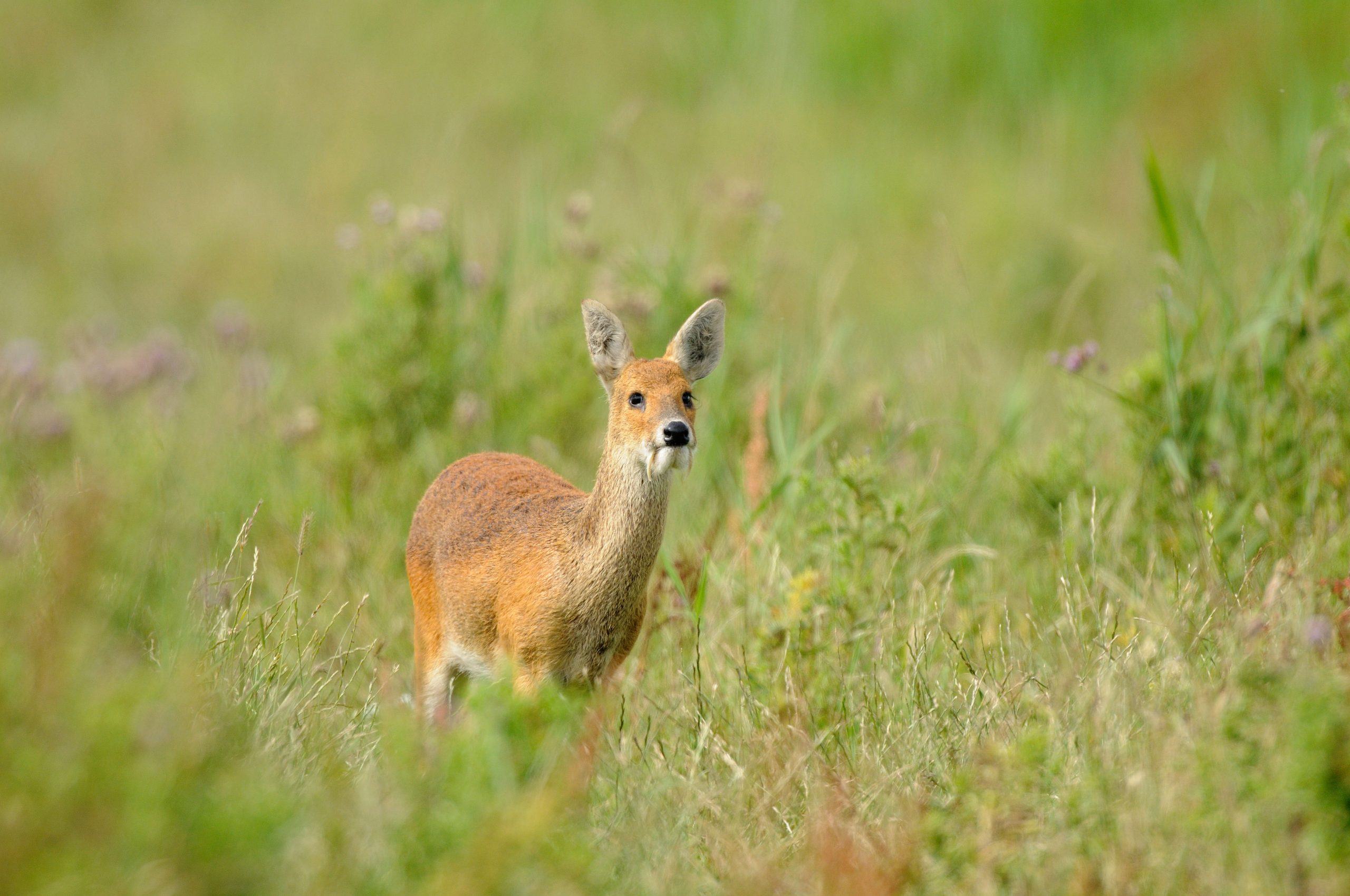
Another escapee from Woburn Abbey (and Whipsnade Zoo), with a charming teddy-bear head and tusks on the males, these deer have colonised Bedfordshire, Cambridgeshire and the Norfolk Broads in isolated groups. They favour tall reed and grass areas in rich alluvial deltas, but do not look to be expanding their range much and cause little damage.
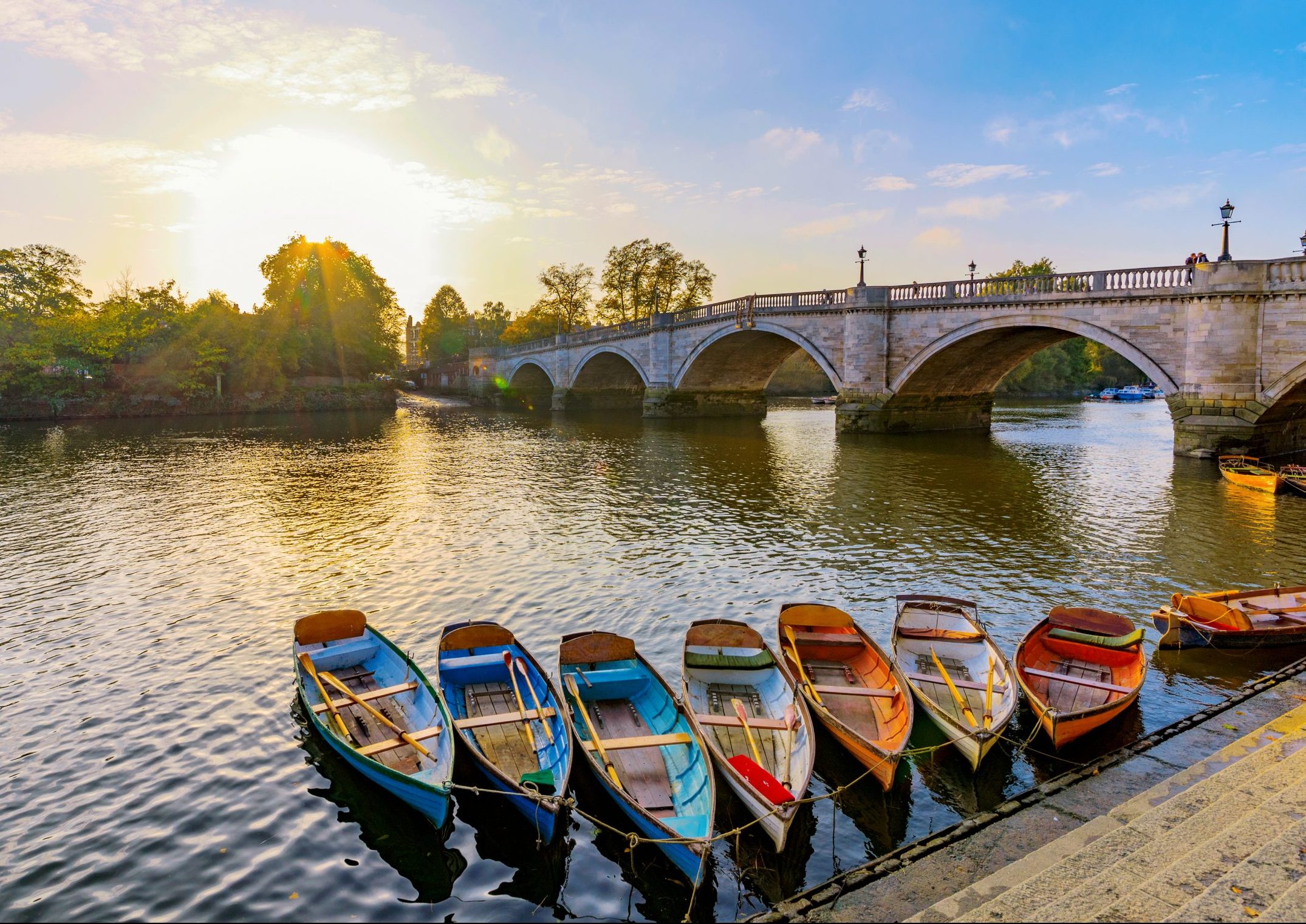
Living in Richmond-upon-Thames: London's prettiest spot and Britain's only protected view in a place full of history and nature
Exquisite houses, the beauty of Nature, and how to get the most from your life, straight to your inbox.